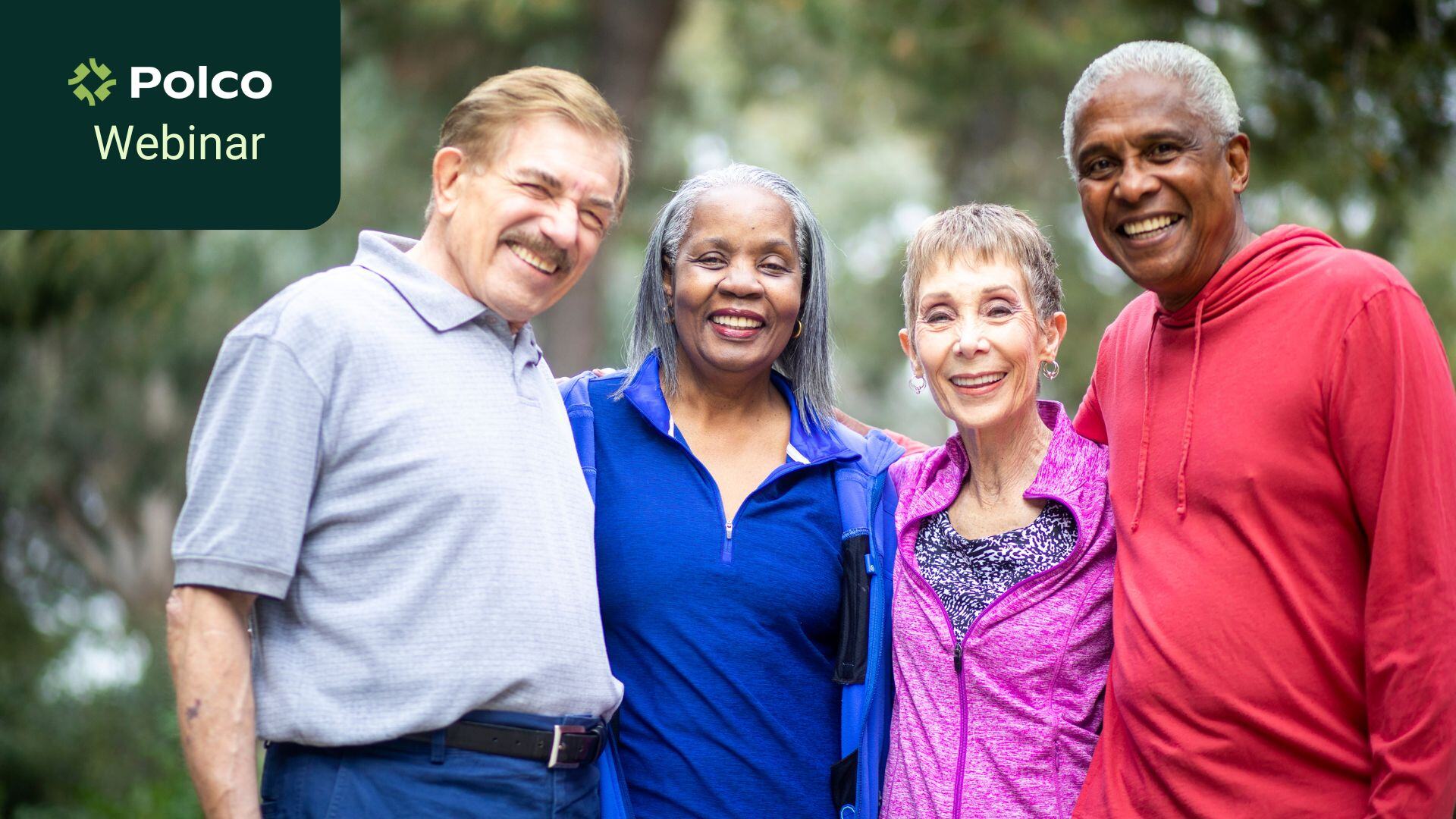National Survey Reveals Shocking Gaps in Housing for Older Adults
By Polco on June 11, 2025

New national survey results, from Polco’s Community Survey for Older Adults (CASOA), reveal that only 16% of older adults say their community offers accessible housing. Just 18% feel affordable housing is available. These data points aren’t just statistics—they’re a call to action. Communities must act now to support independence, equity, and livability for older residents.
The Crisis You Can’t Afford to Ignore
Older adults are the fastest-growing age group in the U.S.—but many communities are unprepared for their housing needs. As people live longer and aim to age in place, they’re running into inaccessible homes, limited options, and rising costs.
And while the housing crisis is in the headlines, the challenges facing older adults are often overlooked.
What the Data Tells Us
Results from the Community Assessment Survey for Older Adults (CASOA) show how serious the issue has become:
🔻 Only 18% say affordable, quality housing is available.
🔻 Just 22% believe there's a good variety of housing options.
🔻 A mere 16% report that their communities offer accessible homes (like no-step entry or first-floor living).
🔻 1 in 3 say they’ve had trouble finding housing that suits their needs.
These aren’t just numbers—they’re indicators that older residents are being left behind.
Why It Matters
Imagine trying to age in place after a surgery but living in a house full of stairs. Or being forced to leave your long-time neighborhood because there’s no smaller, affordable home nearby.
That’s the reality for many older Americans—facing tough choices because their communities haven’t planned for their changing needs.
Many homes were built decades ago without features like no-step entry, single-floor layouts, or wider doorways. Without updates, even day-to-day mobility can become a challenge.
What Communities Can Do
Local governments and planners have the power to turn this around. Here are some solutions leaders can adopt:
✅ Promote universal design in new developments.
✅ Allow for more accessory dwelling units (ADUs) and shared housing through flexible zoning.
✅ Offer retrofit assistance programs to help residents update their homes with accessibility features.
✅ Engage older adults directly to understand their preferences and lived experiences.
How CASOA Helps You Lead with Data
To make smart, effective decisions, local leaders need accurate data—and that’s where CASOA comes in.
The Community Assessment Survey for Older Adults provides:
- Nationally benchmarked data on housing, health, mobility, social connection, and more.
- Community-specific insights to inform zoning, development, and service decisions.
- A trusted resource to help prioritize projects and secure funding.
CASOA gives leaders the clarity to design age-friendly policies - and the credibility to act with confidence.
The Bottom Line
The housing crisis isn’t just about price or square footage. It’s about dignity, independence, and staying connected to the community.
If communities want to be truly age-friendly, they must start with housing.
With the right data, policy shifts, and community partnerships, every older resident can have a safe, suitable place to call home.
Popular posts
Sign-up for Updates
You May Also Like
These Related Stories

The Proven Method to Successfully Advocate Healthy Aging

How Local Governments Can Help Older Adults Age in Place

